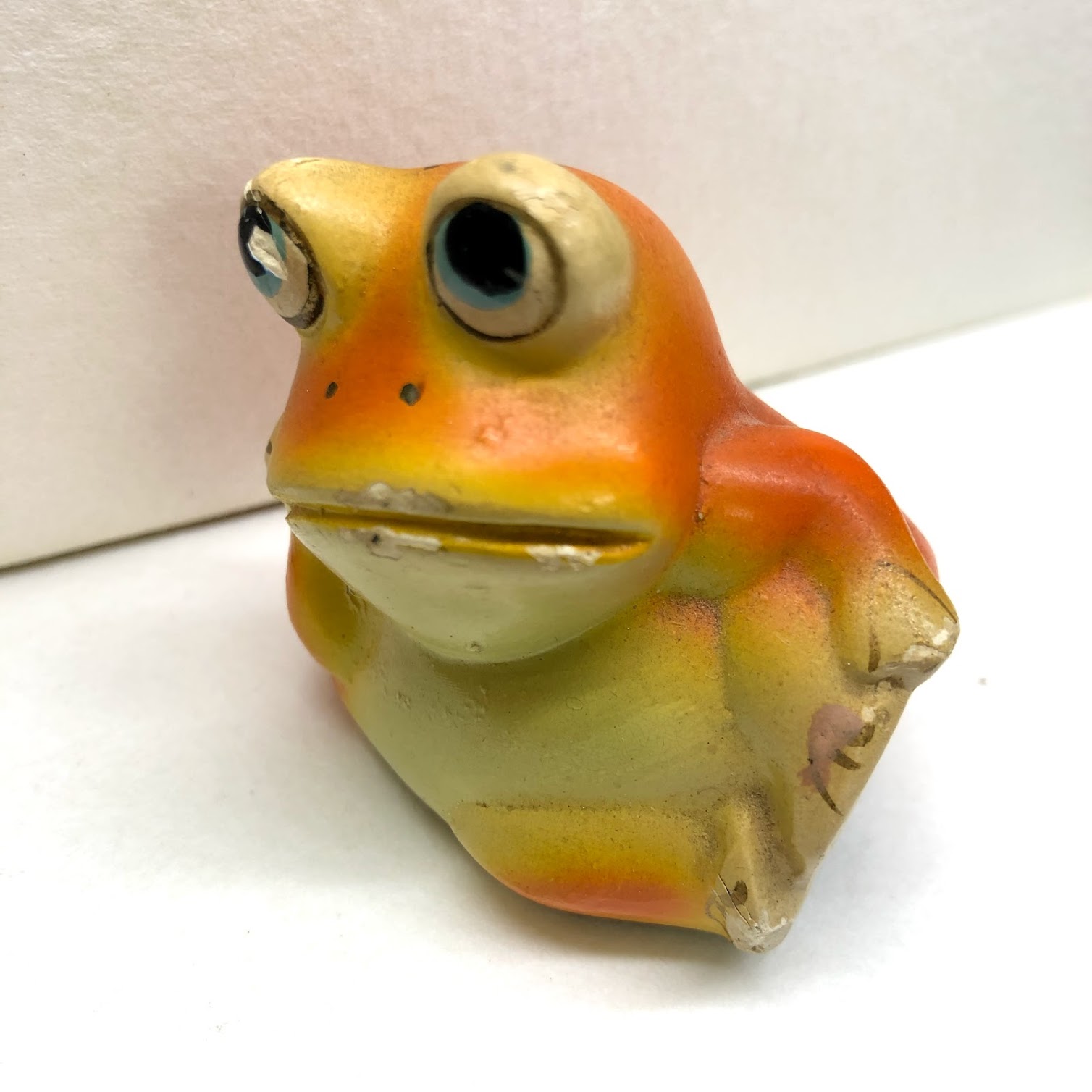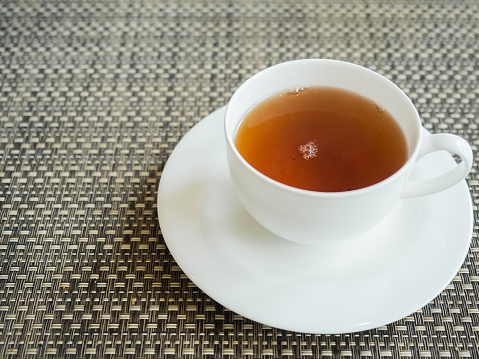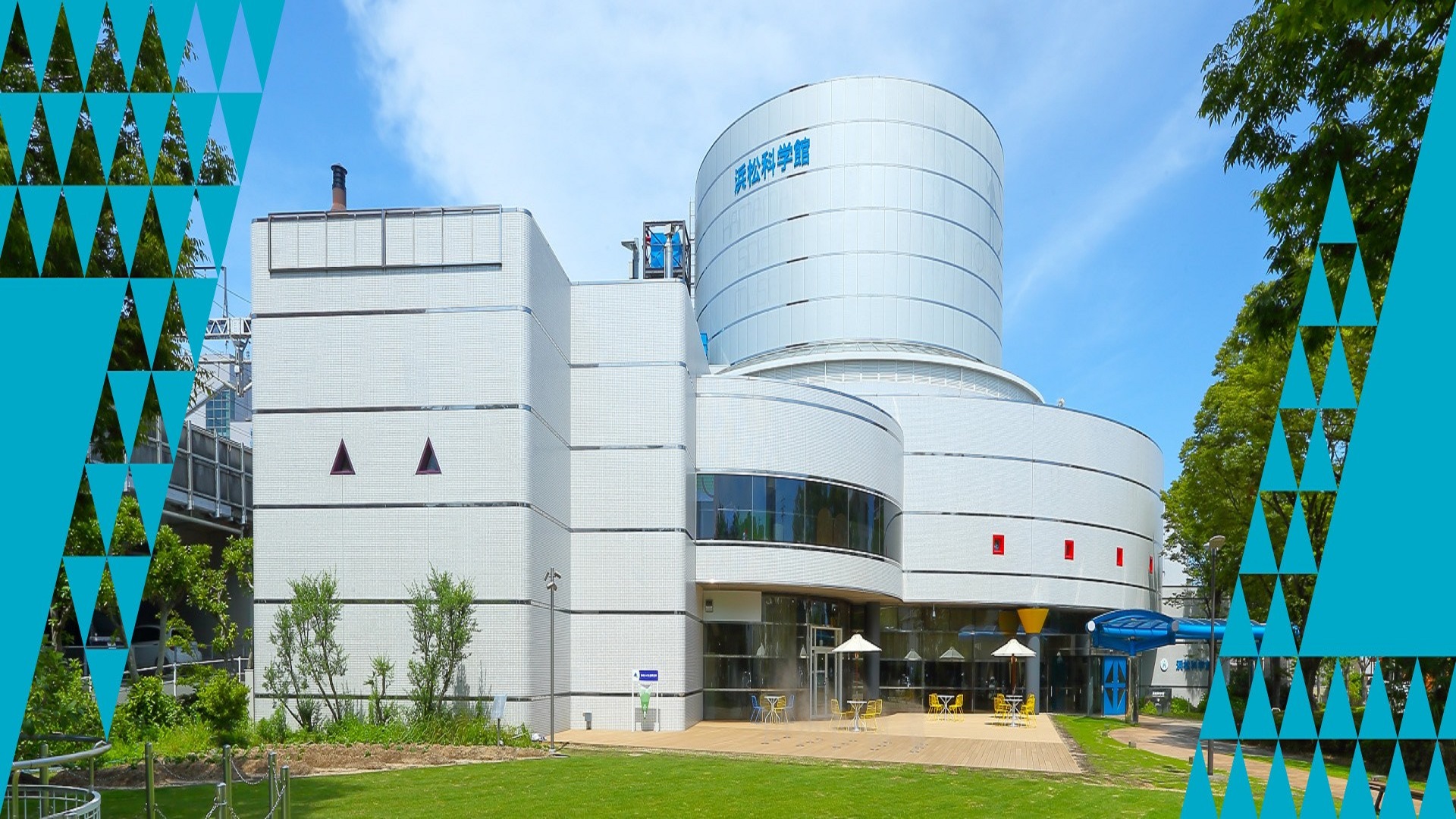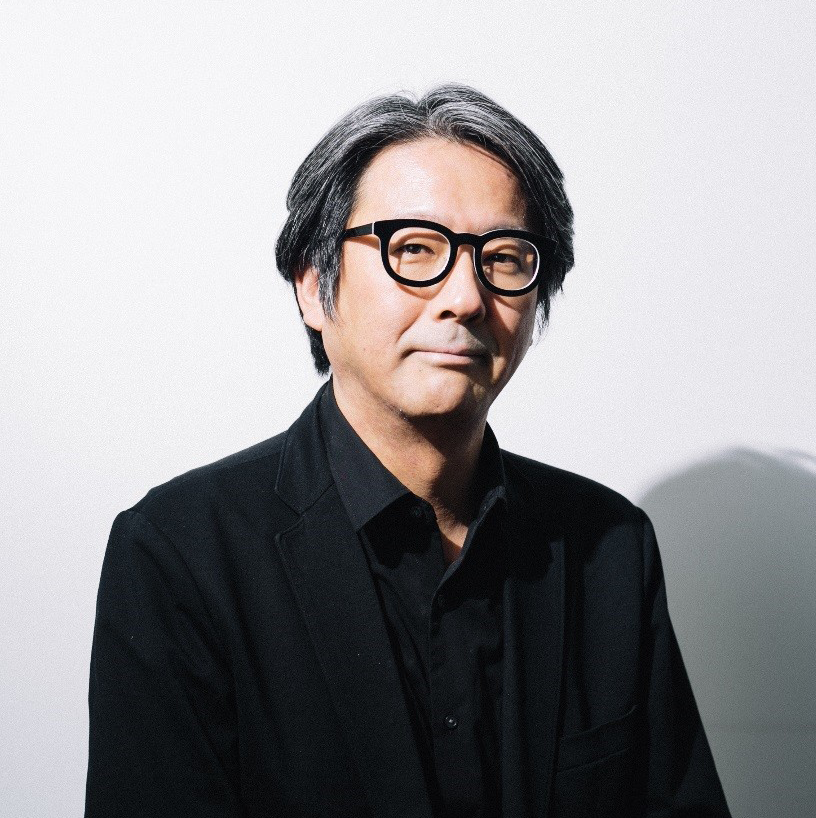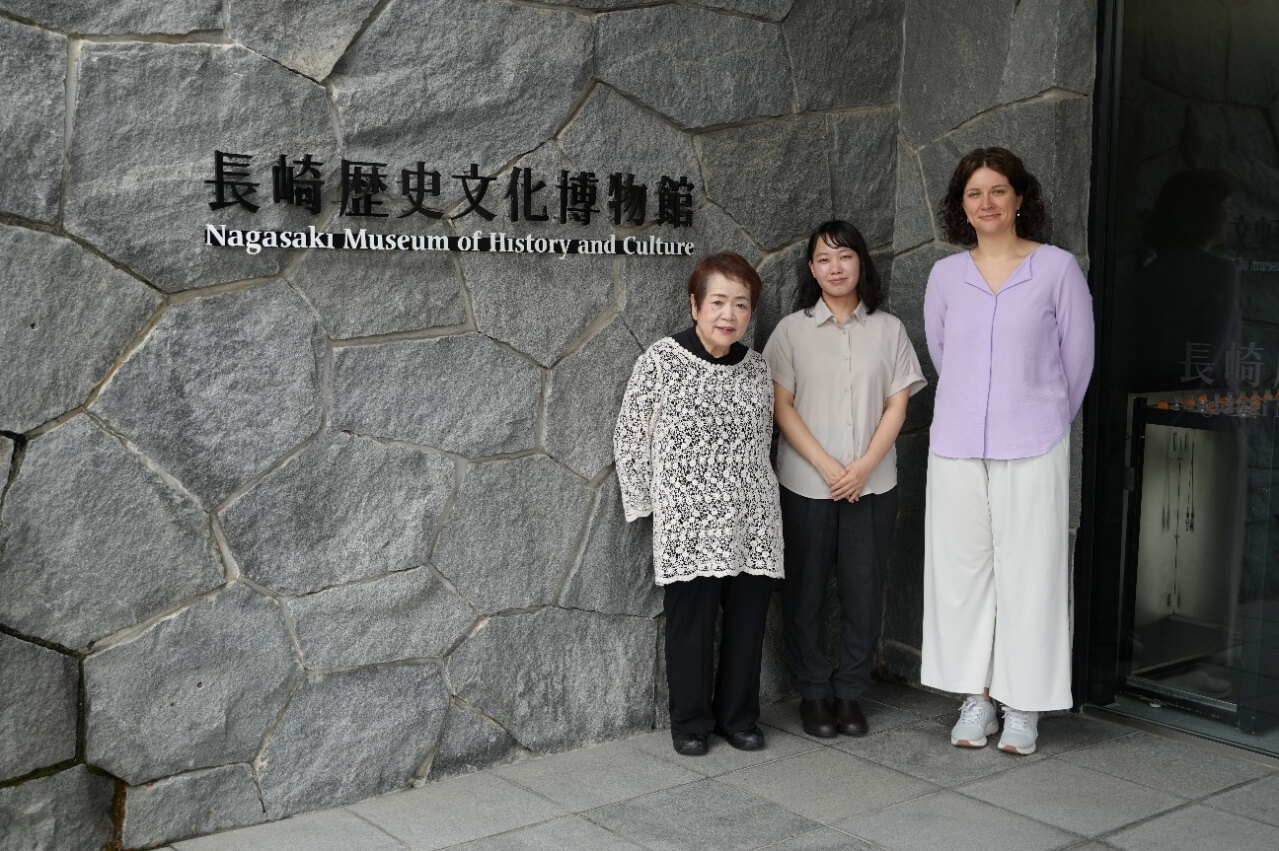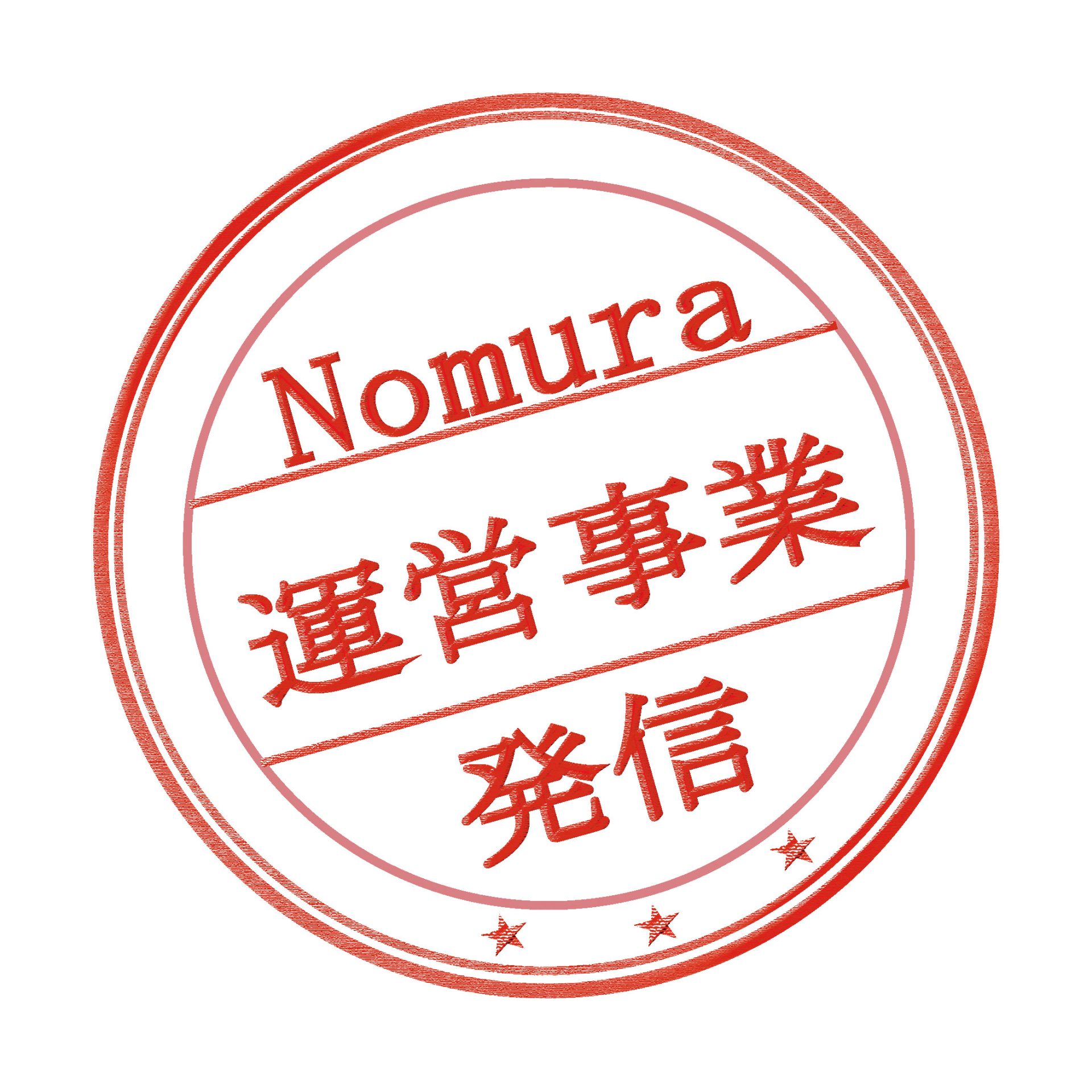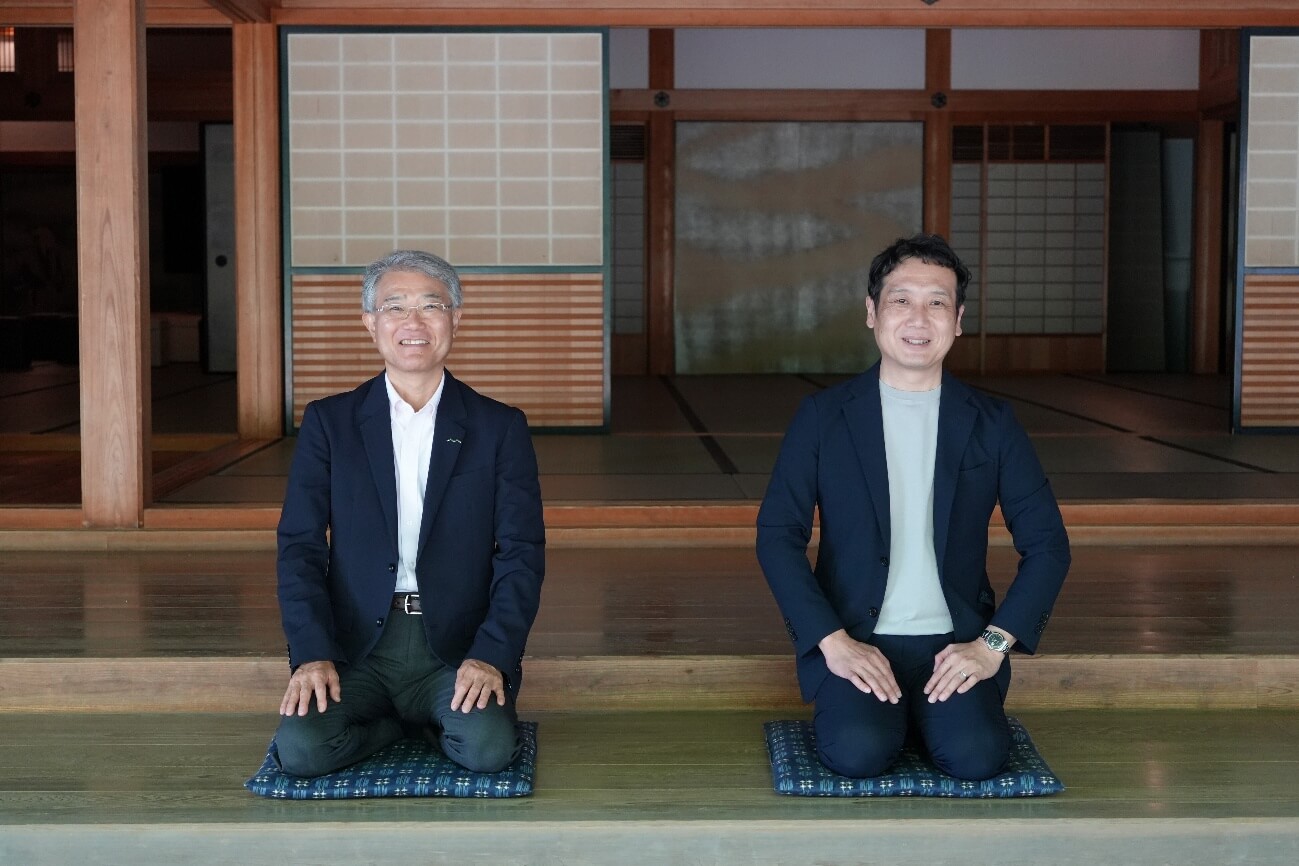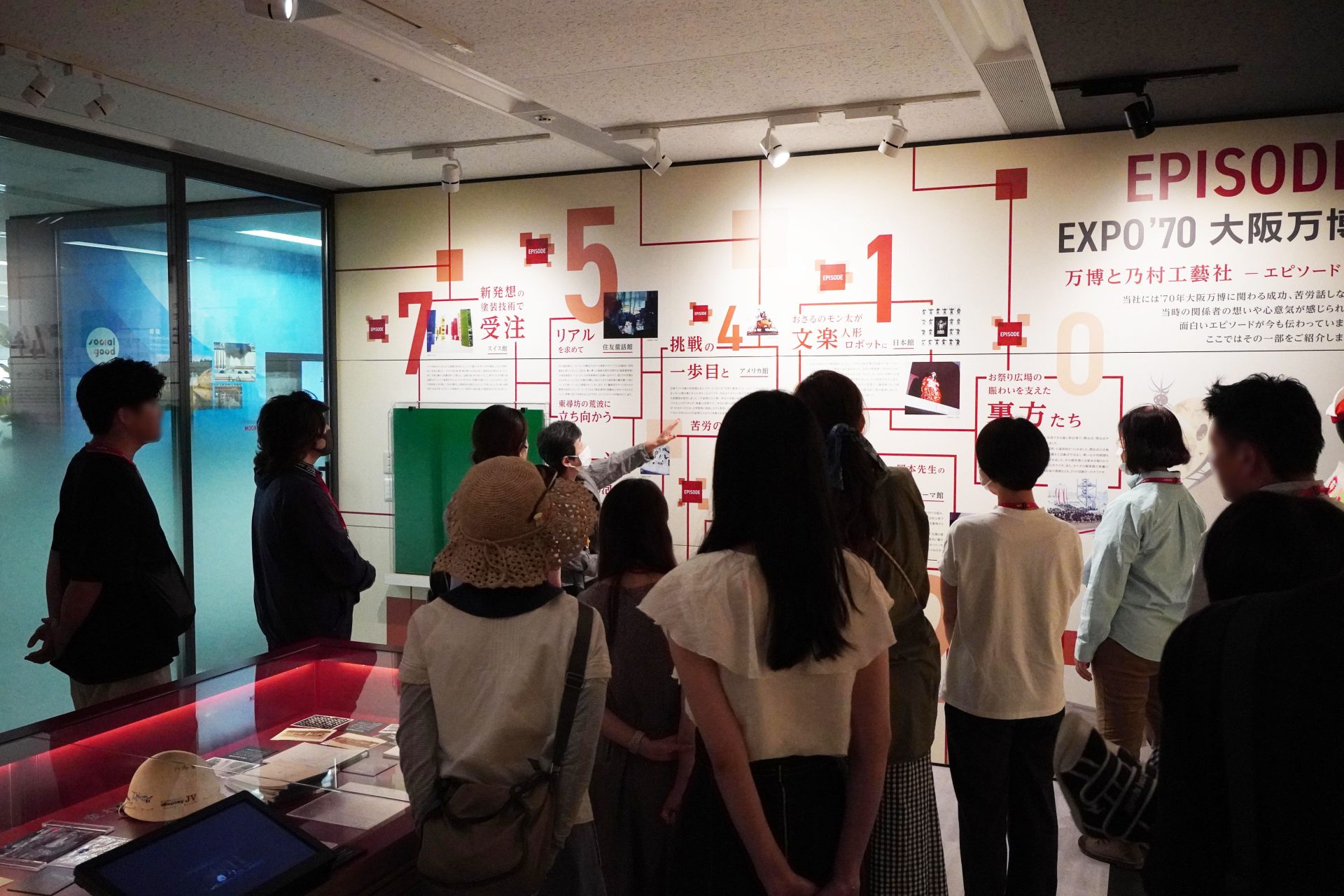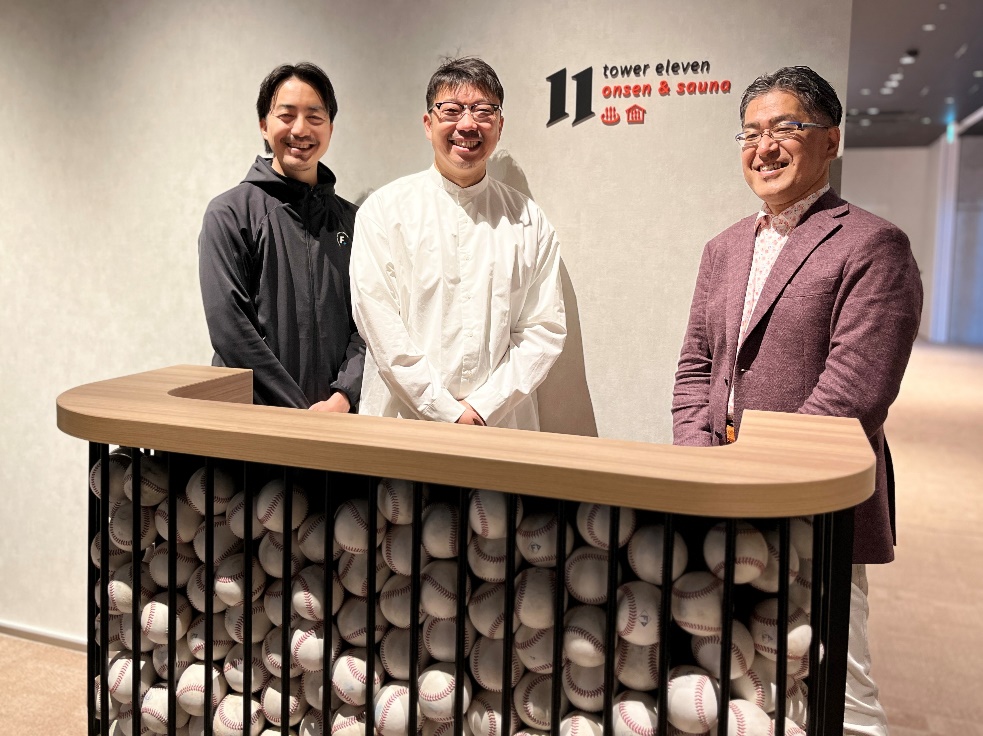
What are the museum's strengths? - Experiencing multifaceted perspectives
2021/05/17- text and edit by
- Misa Inagaki (retired)
While restrictions on facilities to attract customers continue due to the coronavirus pandemic, the possibilities of online museums are expanding, but at the same time, I feel that the irreplaceable experience of actually visiting a museum has been widely recognized again. On this occasion, we will discuss the potential of museums in the post-corona era while looking at concrete examples of the original strengths of museums.
What are the museum's strengths?
As a person involved in museum planning, I am forced to think about the significance of its existence, what kind of role the museum will play in the future, and what kind of value it will seek. As a first step, I thought about the unique strengths and characteristics of museums.
It's really difficult to sum up the museum's strengths in one word, but personally, I've always thought that "a place where you can experience multifaceted perspectives" is a big factor. Museums are able to offer multifaceted perspectives that transcend disciplines, and I think that being able to connect those perspectives to experiences is a characteristic unique to museums. Currently, such discussions are taking place in various places, and what is described here is only a small part of the discussion, but I will write it as what people on the ground think.
This time, I would like to introduce the intellectual possibilities and enjoyment of reading materials from multiple perspectives through exhibitions at the Kumamoto Museum, which pursues a cross-disciplinary museum experience.
Exhibition renewal of Kumamoto Museum
The Kumamoto Museum is a museum that has been active for a long time since it opened in 1952 (Showa 27). In 1978 (Showa 53), the new building of the current building designed by Mr. Kisho Kurokawa opened, and in December 2018 (Heisei 30), the exhibition was completely renewed. We had a valuable opportunity to be involved in the construction.
Since its opening, the Kumamoto Museum has dealt with both the natural sciences and the humanities.Currently, the fields of "Animals", "Plants", "Geology", "Science and Engineering", "Astronomy", "Archeology", "History", "Folklore", and "Arts and Crafts" It is a "comprehensive museum" dealing with nine fields of. The exhibition rooms have different themes, with the first floor being for the humanities and the second floor being for the natural sciences.
1st floor: Humanities floor

2nd Floor: Natural Science Floor

Exhibits that connect across disciplines
The emphasis on the exhibition concept was to take advantage of the characteristics of a general museum that conducts research in a variety of fields, and to fuse and cross fields.
This is called the "Interdisciplinary Exhibition," and the following four types of exhibitions were set up.
1. Fusion exhibition corner: Installed in the atrium connecting the exhibition rooms on the 1st and 2nd floors
2. Commentary by Mr. Tsunagari: Providing cross-disciplinary information
3. Hakken Spot: A map that also serves as a rest bench and tells you where the buds of discovery are.
4. Entrance guide: Toranomaki graphics to make use of the above three
Among them, we would like to introduce “1. Fusion Exhibition Corner” and “2.

"Camphor tree display" in the "fusion display corner"
In the exhibition room, we have set up two [integrated exhibition corners] that make use of the atrium space. The main one is the camphor tree display corner.
There is a huge camphor tree group next to the Kumamoto Museum, and it was known from the map that it has existed in the same place for more than 1,000 years. The Kumamoto Museum is located in the Sannomaru of Kumamoto Castle, and this camphor tree group has been looking at historical events in Kumamoto since ancient times, when there was a large shrine called Fujisaki Hachimenomiya, when Kiyomasa Kato built Kumamoto Castle and burned it down during the Seinan War. It means that it has come. The long-lived camphor tree is a place that nurtures a variety of living creatures, and at the same time, it can be said to be a witness to the history of Kumamoto, and was positioned as a symbol of a fusion exhibition that crosses the fields of nature and humanities.

In the exhibition, photographs of camphor trees were placed on the entire wall of the atrium. On the 1st floor, we introduced the 1,000-year history that occurred at the feet of the camphor tree, and on the 2nd floor, we introduced the activities of the camphor tree and the creatures that live with the camphor tree. It can be said that the entire corner expresses the fun of experiencing an exhibition from the perspective of integrating fields.


"Commentary on Tsunagari-san"
A commentary item that makes you notice the multifaceted viewpoints hidden in one document, that is [Tsunagari-san commentary]. The curator of the animal field interrupted the topic of the history field by saying, "I'm a little rude," and it was created to play the role of connecting various exhibitions such as fields and fields, the first floor and the second floor.
As a point of view rather than an explanation, I wanted to emphasize the difference from other exhibits, so I designed a mysterious human figure like a time thief that appears in Michael Ende's children's literary work "Momo".

The curators presented many viewpoints that could be said to be the essence of the research results, and in the end, 17 "Tsunagari-san" appeared in the exhibition room.

I would like to introduce two “Tsunagari-san”.
The armor of Tadaoki Hosokawa, the lord of the Kumamoto domain, is one of the highlights of the humanities exhibition. Next to him is Tsunagari-san, who connects history and animals.


The commentary board in his hand reads, ``The feathers on the helmet are the tail feathers of the boletus. Each bird has only two tail feathers, so it must have been a valuable item."
If you look at the helmet after reading this commentary, you will notice that it has a large amount of tail feathers. By adding the zoological perspective of two pieces to one bird, the comment makes it easier to imagine the value of this armor.
Then, when you go to the exhibition corner of the creatures of Mt.

It is a beautiful bird with well-balanced tail feathers.
The other is Tsunagari-san, who works alongside agricultural tools to connect folklore and animals.


“Bullfrogs, which can be seen in rice fields all over Japan, began in 1918 when Mr. Shozaburo Watase of Tokyo Imperial University imported more than a dozen bullfrogs from the United States for food. I never heard a squeal like that."
It is a comment that makes the image of old farming more concrete. This is also the main exhibition on the 2nd floor, and the specimen of the bullfrog is displayed in the creature diorama of Lake Ezu.

A world of endless connections
"Tsunagari-san" presents a viewpoint that connects the two fields, but we have established it in the hope that it will serve as an opportunity to endlessly expand the viewpoint.
Take Hosokawa Tadaoki's armor as an example.
● A geological point of view, where the raw material iron can be obtained
- A fashion historical perspective that talks about the design and color of the helmet
-Fighting with such a conspicuous helmet, the perspective of the tactics and battles of the time
● Viewpoint of military commander's physique and physical ability from the weight of helmet and armor
- Tadaoki Hosokawa, who made this armor, is a person's tasteful point of view
●Positioning point of view of Tadaoki's armor as seen from the history of changes in armor, etc.

Furthermore, when I went up to the second floor and saw a stuffed boletus, I thought that such long tail feathers would get in the way when I was walking. A question from a different perspective may arise. It is an image that "Tsunagari-san" will take you to the endless world of connections.
In this way, I think that one of the museum's strengths can be said to be that it can be concretely connected to diverse experiences from a single material.
"Multiple perspectives" are in "personal feelings"
Personally, I feel the joy of looking at things from multiple perspectives that transcend my original field.

When creating an exhibition, we hold in-depth discussions with the curators. It often comes out with porori. In many cases, regardless of the field, it is rooted in the personal interests and private feelings of the curators. I think that I feel a sense of conviction because it leads to my own understanding. Unlike academic research results, it is a personal feeling, that is, "my information". I think it would be effective to actively utilize this in the exhibition, so to speak, to realize a "private exhibition" in order to convey a multifaceted perspective to many people.
The ``private affairs exhibition'' reminds me of the NHK TV program ``Bura Tamori''. A producer talks about the secret to turning professional matters into entertainment
I also asked the specialist teachers who will be appearing to "let go" of what they know.
"Seize the times! Brabura Work Technique” by Kenichi Ozeki Forest Publishing
He wrote. As an expert, if I explained systematically and accurately, there would be too much explanation and the brakes would be applied to the flow of the program, so I would skim only the interesting points. In the same way, I believe that the job of an exhibition planner is to capture the curator's "personal feelings" and make an effort to make use of that essence in the exhibition.
While the experience of the corona crisis has expanded the possibilities of online, it is widely understood that seeing the real thing, experiencing the space, going to the site, and meeting with people are irreplaceable with other experiences. I have a feeling it might have been shared. I would like to continue to think about multifaceted experiential exhibitions that can only be understood by visiting the museum, both in real life and online.
*Kumamoto Museum HP https://kumamoto-city-museum.jp/
* “Bura Tamori” NHK program website https://www.nhk.jp/p/buratamori/ts/D8K46WY9MZ/
Like this article?
